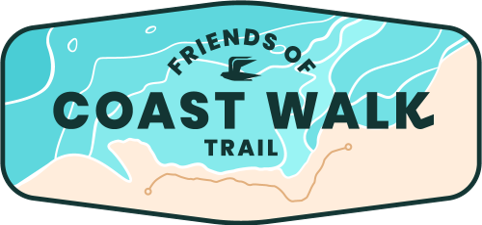“Howka!” Glad you found us on coast walk.
Considered the first national indigenous people of California, the Kumeyaay is a well-known tribe who inhabit the northern and southern border of Baja California as well as Mexico.
The term Kumeyaay translates as "Those who face the water from a cliff", with the word meyaay meaning "steep" or "cliff". The history of the Kumeyaay culture is known to have started at the shores of “Kulaaxuuy” (La Jolla) translated as “Land of Holes” which refers to the sea caves below the trail that extend all the way to the desert. The area considered holy to the Kuyeyaay is known as Matlahuayl State Marine Reserve and the location of San Diego-Scripps Coastal Marine Conservation Area.
Today the cliff view of the water can be experienced along La Jolla Shores Beach. The Kumeyaay or 'Iipay-Tiipay were formerly known as the Diegueños, which was the former Spanish name applied to the Misson Indians who resided along the San Diego River. In Mexico, they are referred to as the Kumiai.
The Kumeyaay language consists of three related groups; the ‘lipay, Tiipay, and Kamia and belongs to the Yuman-Cochimì language family. With its historical homelands divided by the San Diego River, the ‘lipay lived to the north, from Escondido to Lake Henshaw, while the Tipay lived to the south, in lands such as the Laguna Mountains, Ensenada, and Tecate. The Kamia resided to the east within Mexicali, bordering the Salton Sea.









